Written by Lorrie Reynolds
Categories
Dog Training Rewards Aren’t Limited to Food and Toys
Her instructor brought me in for a seminar. They came to talk to me privately during our first break. Sprint the sighthound was smart and very fast, but would only do one or two obstacles before quitting to go off and explore, return to her crate, or zoom around the ring.
I knew that the instructor only used positive methods and wasn’t pushing the dog too hard. Sprint had been thoroughly checked out by a vet to make sure there were no physical issues. She just didn’t seem very interested in food or toys, even when they pulled out high value treats.
Finding Your Dog’s Training Reward
“If she had her choice of activities, what would she choose to do?” I asked. The answer wasn’t surprising for a sighthound. She loved to chase things, but wasn’t really interested in thrown toys and rarely brought them back.
I asked what they had tried for toy rewards, and got the standard answer – balls, frisbee, tug toys, stuffed animals, and so on. I suggested that we try something new after lunch, to give me time to find what we needed.
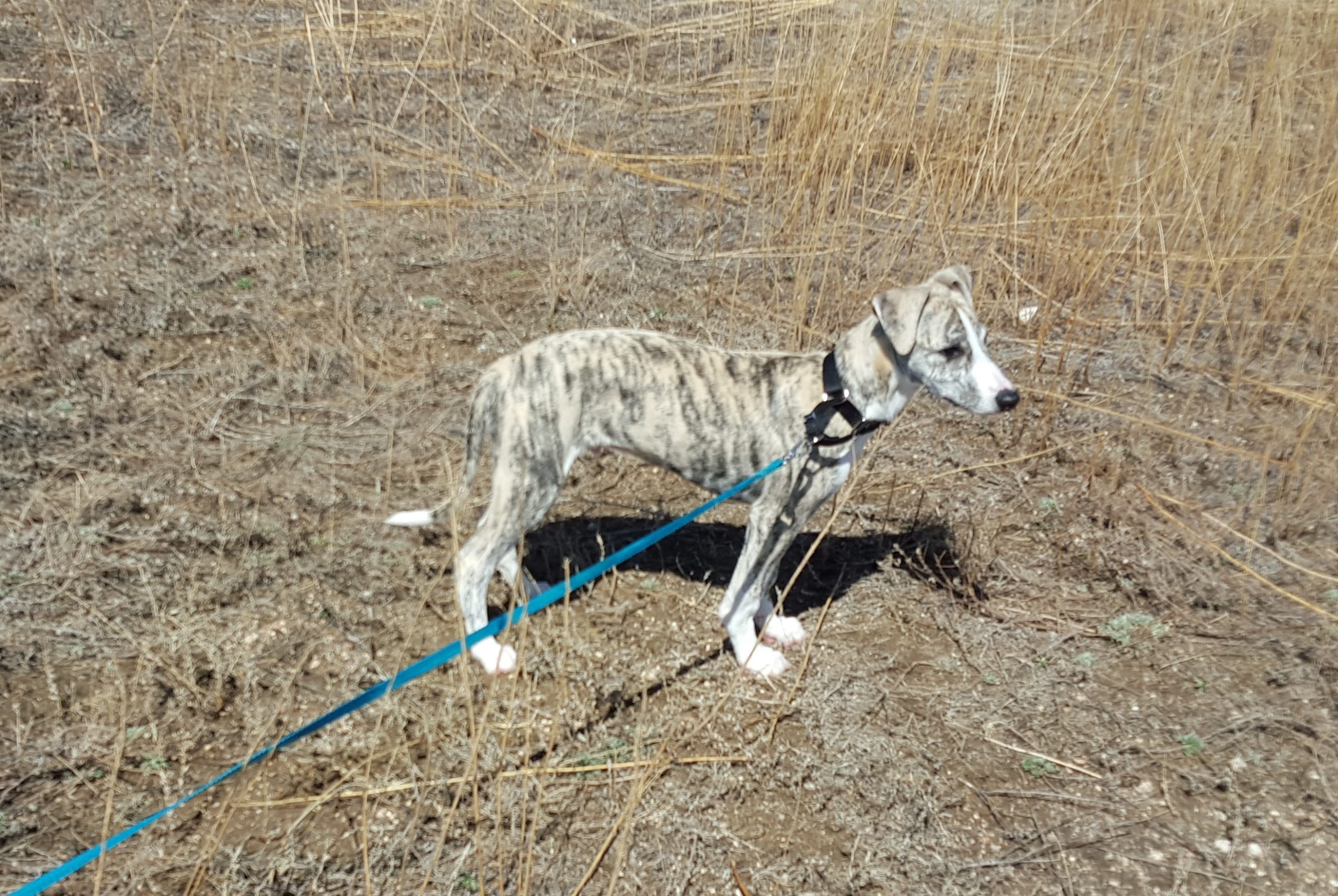
Thinking Outside the Training Tool “Box”
I talked to my host, and between an old fishing rod she had, and twine and a plastic bag from my car, we were ready to test our new “toy”.
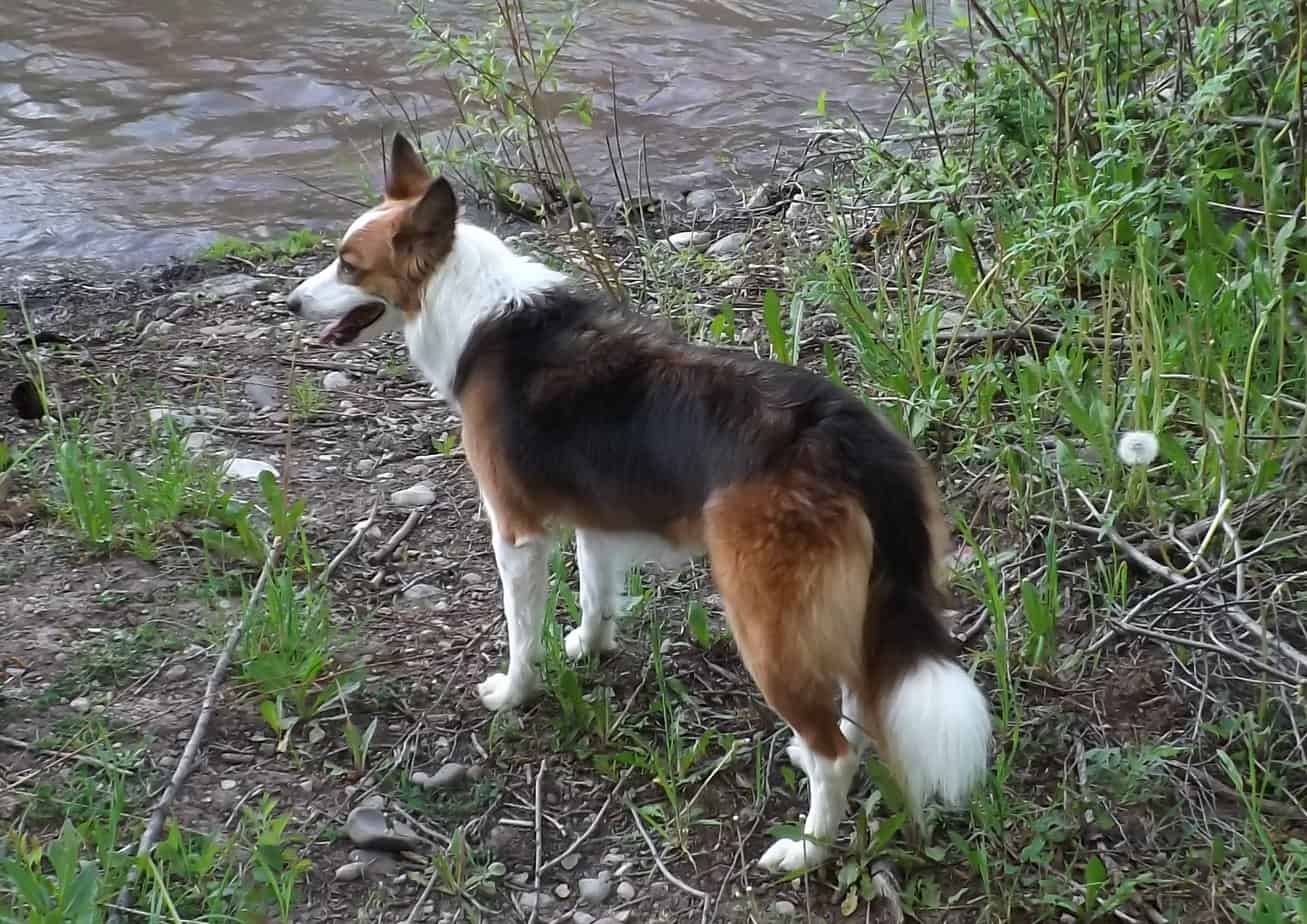
We started on the ground, with no obstacles, and quickly learned that Sprint did indeed love to chase. We were soon able to get her going over a couple of jumps and through a few hoops, with more enthusiasm than she had ever shown before, all for the chance to chase the plastic bag at the end.
Her owner was thrilled to have finally found something that was rewarding enough to keep Sprint interested in training. The pole allowed her to move it fast enough to be exciting, without having to run.
Finding a Reward Your Dog Values
Dogs are enthusiastic about training if they value the reward. But handlers don’t get to determine what is actually rewarding to the dog – the dog does. We think dogs should “work” for high-value treats and the typical toys, but sometimes those things aren’t what motivates the individual dog.
I had one agility dog that was highly motivated by the chance to chase ground squirrels as a reward, and another who absolutely adored plastic bottles. Rewards can be activities like getting to jump in a baby pool or playing with a squirt bottle or hose for the water-loving dogs. Don’t limit yourself to the standard treats and thrown or tugged toys when you are searching for something your dog loves.
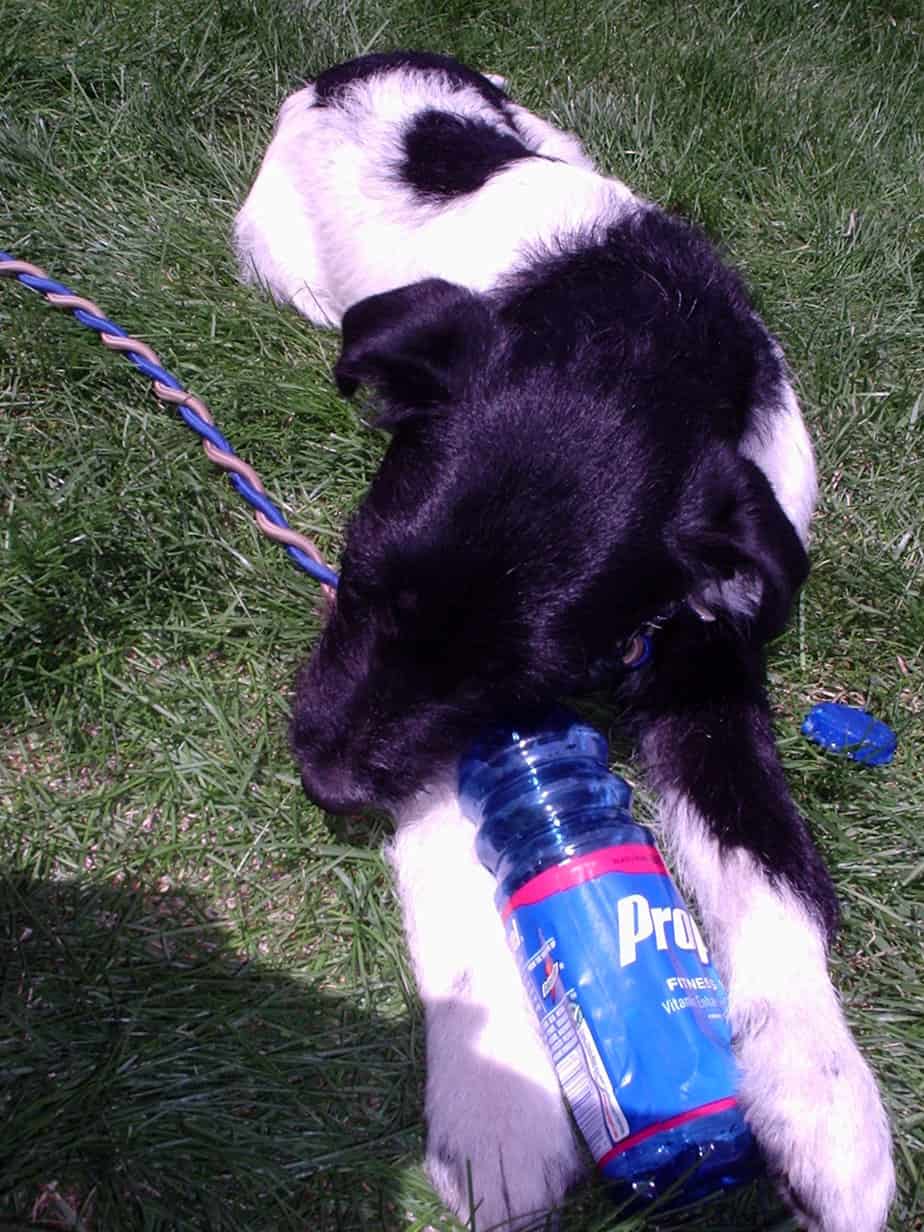
Today’s Dog Training Tip
If you are struggling to make training fun for your dog and get more engagement, think outside the box for rewards. Find something that is truly motivating to your dog if you want them to work with enthusiasm. Although our makeshift lunge whip wasn’t too unusual for anyone who has worked with sighthounds, it didn’t occur to this group that had mainly trained herding dogs and retrievers.
You Might Also Like…
Five Ways to Crush It at Your Next Dog Agility Seminar
Going to a dog agility training seminar? Check out these five tips to maximize your return on investment!
Read This Before Deciding on Your Agility Dog’s Contact Performance
Which contact performance, running or stopped, is right for your team? The answer might surprise you.
Is Your Agility Dog a Pinto or a Ferrari?
If you’ve moved up from a slow or moderately-fast agility dog to a speed racer, here’s some advice to make your life easier.
Get tips, stories, discounts, and early notification of events and new courses delivered straight to your inbox! Join the community!
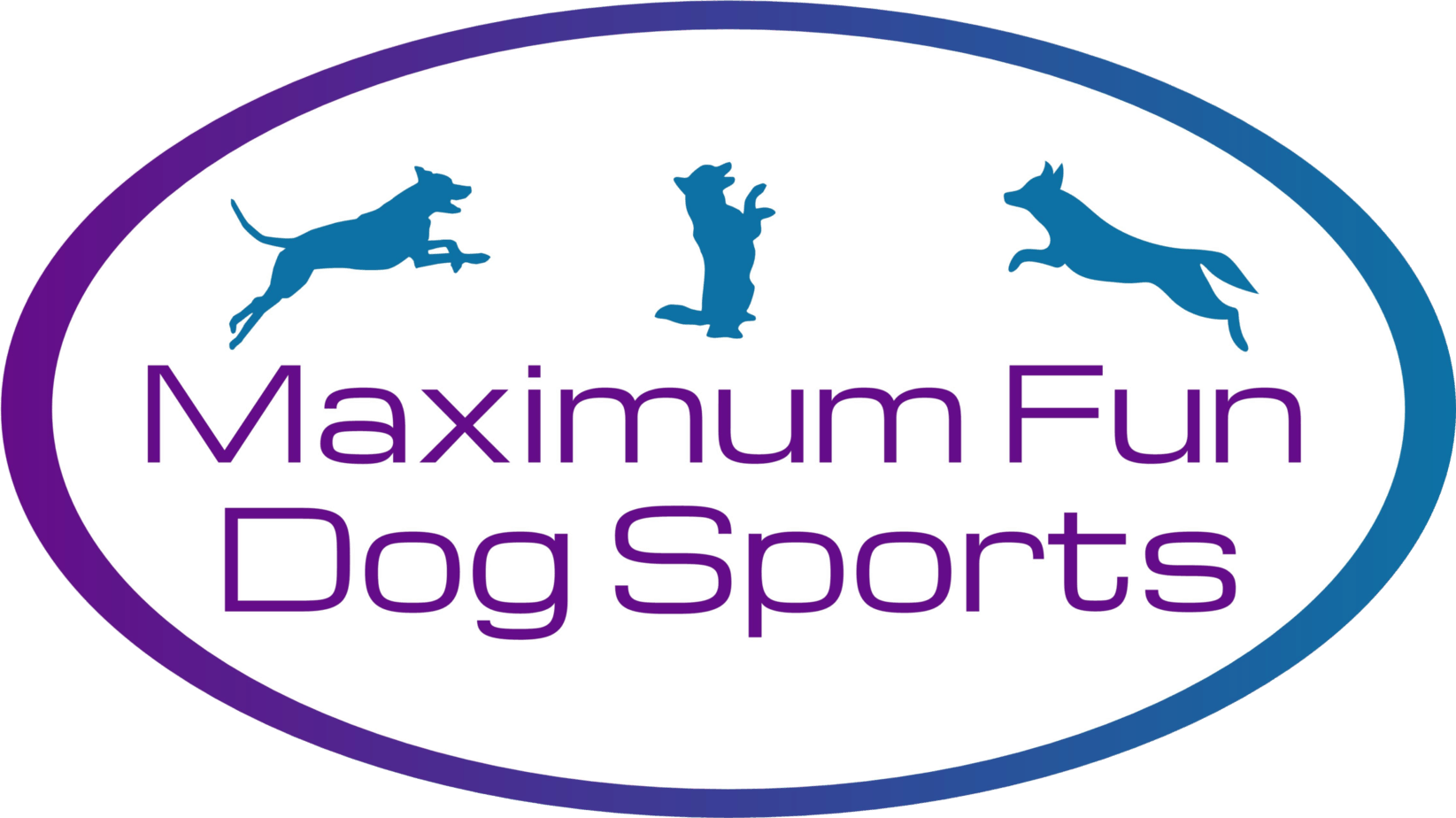
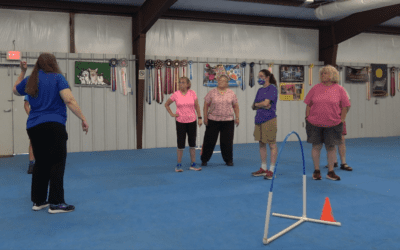
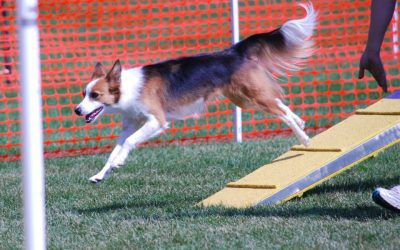
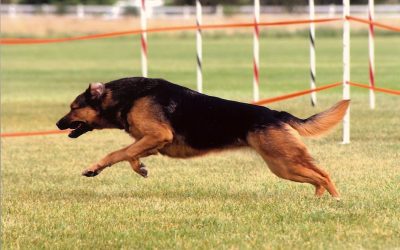
0 Comments